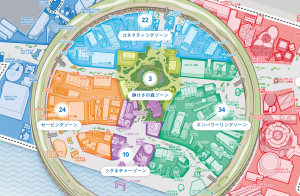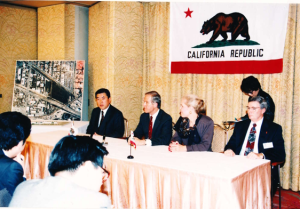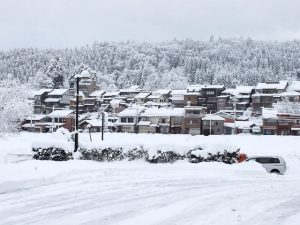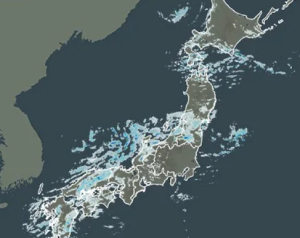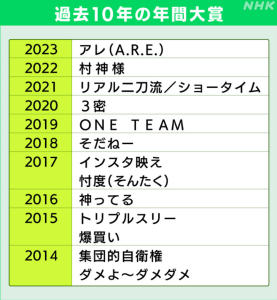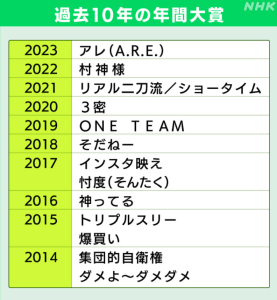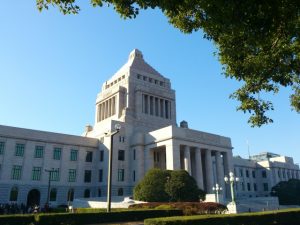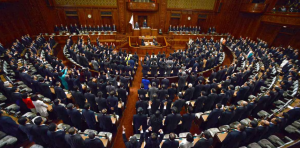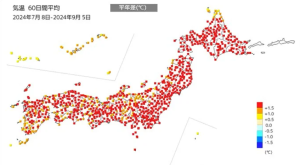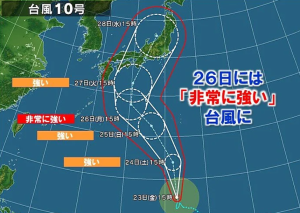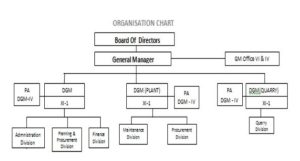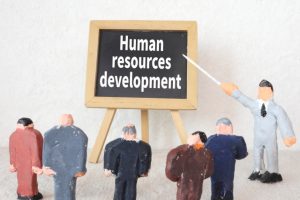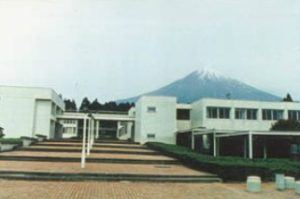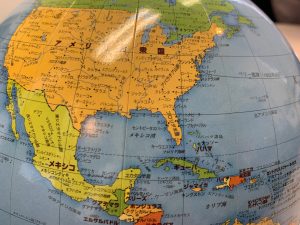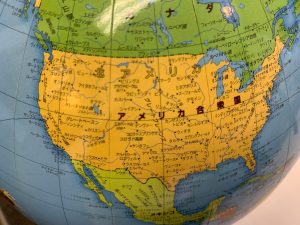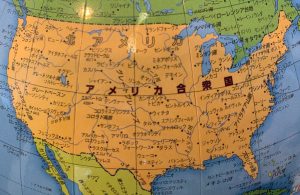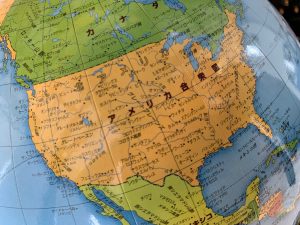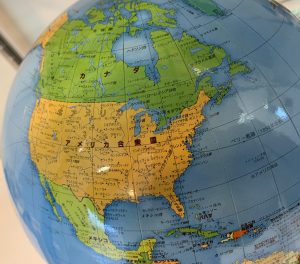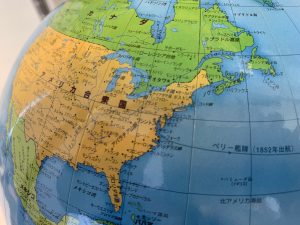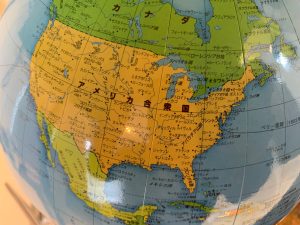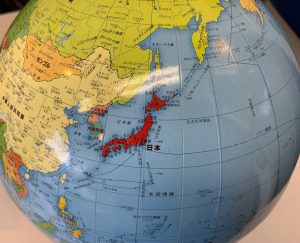Re: A news item and subject which I just want to check out (77) January 27, 2023
The weather forecast where the strongest cold wave would hit Japan has been issued this week.
I went to Tokyo on January 24, but the weather in Tokyo was not as much as I was worried about. However, not only on the Sea of Japan side but also the Kyushu district and the Pacific side, due to heavy snow, human movement and transportation continue to be confused around the transportation network such as cars and trains stranded in various places.
On the other hand, in abroad it is reported that the temperature in Heilongjiang, China dropped to 53 degrees below zero on January 22. An all-time low temperature in Japan is 41 degrees below zero recorded in Asahikawa, Hokkaido on January 25, 1902. At the time of my previous job, I had often been in freezing and refrigerated warehouse during the site visit, but it was up to 30 degrees below zero at best and even that was the limit to stay in 2~3 minutes.
And it seems that a record cold wave also hit from the South to the East of the United States, and a lot of passenger flights were canceled and confusion has been happening.
In Europe, it has been a warmest winter on record conversely, and the temperature of Germany and Poland in January is a record high for January. Therefore, consumption of natural gas for heating is reduced and the price is 80 % cheaper compared to last summer’s peak. As a result, even if gas supply from Russia continuing in some is almost cut off, it is a situation that more than 10 % saving rate can be maintained until March 2024. Like this, in Europe, concerns about a decline in consumer spending are easing due to falling natural gas prices and inflation pace down, and stock prices are approaching their highest prices. Like this, there is optimism about the future, but caution is still needed for the future, because the situation at the root has not changed.
As stated above, economic impact of extreme weather can be seen in various shapes in the world.
■■I think I want to cover the events of this week.
■The closing of World Economic Forum (WEF)Annual Meeting 2023:
The forum known as “Davos Forum” held in the East of Switzerland has ended after the five -day session on January 20. It was held in January for the first time in three years after the corona disaster. About 2,700 people such as more than 50 heads of state, management, and specialists and so on gathered. This time theme was “cooperation in a fragmented world”, and discussions were held to solve the problems such as crisis in Ukraine, inflation, climate change and so on, and the current situation of progressing “division” or blocking has been reconfirmed.
As far as global economic prospect is concerned, it seems that it is “not as bad as it once”, because inflation has paused in the United States and Europe, but China is the key. There is a concern that inflation which is currently subsiding can be re-accelerated, if Chinese economy recovers due to relaxation of zero-Covid policy.
■An ordinary session of the Diet has started:
An ordinary session of the Diet deliberating on the new year’s budget proposal and so on convened on January 23. The session will be held for 150 days until June 21. By the way, Group of Seven will be held in Hiroshima from May 19 to 21 during the session.
Prime Minister Kishida delivered a policy speech at the opening plenary session of both houses of the Diet. He expressed that he will expand economic support like child benefit, enhancement of child-rearing service and work style reform as three pillars of measures to counter the declining birthrate to which he gives the most importance. And some of the financial resources in question is assuming social insurance premiums. Solving the funding problem including defense expenses is the premise of every matter.
■Lagging Japanese economy:
The Cabinet’s approval rating has fallen to the 30 % range, and the number of the people who “can’t expect” its economic policy in particular exceeds 70 %. Looking back on 10 years of “Abenomics” promoted by the Abe administration, outstanding amount of government bonds increased by 286 trillion yen from 705 trillion yen to 991 trillion yen. But annual GDP growth rate is remaining 0.6 %. During this period, The United States has grown 2.1 %, and China has grown 6.1 %. And in terms of size, Japan is keeping the third place, but the fourth-place Germany is approaching. And average wage increase rate of OECD members from 2012 to 2021 is about 10 %, but its rate in Japan is 3 %. Among them, the United States shows the highest growth of 17 %.
■Industrial structure brings excessive competition:
99.7 % of about 3.6 million companies consists of small and medium-sized enterprises in Japan, and the percentage of total employed persons is about 70 %. On the other hand, service industry ratio against GDP reaches about 70 % and total employed persons reaches about 80 %. Manufacturing industry ratio against GDP is about 20 %, and its ratio of employed persons is just over 15 %. Such industrial structure brings “multi-layer subcontracting structure” and excessive competition, and leads to the fact that “only 40 % can pass” on the cost. Comparing to Europe and the United States, this is one of the reasons why time lag occurs between the rise of wholesale price or corporate goods price and the rise of consumer price.
It can be said that capital or market economy mechanisms are not working well, and this affects wage increases of small and medium-sized enterprises.
■Delayed “structural reform” and progressing “systemic fatigue”:
In Japan, the percentage of women in total workforce is about 45 %, but women’s employment rate is about 70 %. And the ratio of full-time housewife household used to exceed the ratio of co-earning household, but the situation has been reversed since around 1992, and co-earning household reaches about 70 % in 2020. Regardless of these environment changes, revision of the social security system and tax is not catching up, and various distortions or systemic fatigue are occurring. The same is true for introducing foreign workers.
Japan has a long history, and then “systemic fatigue” exists in addition to various “structural problems” in our society and economy. Among them, there is something ridiculed like “the common sense of Japan is the world’s uncommon sense”. I have to say that the present situation is not in the dimension of medical therapy supporting with subsidies or that can be postponed, and has progressed to the point where painful surgery is a must.
≪P.S.≫ The peak of labor union membership rate in Japan was 55.8 % in 1949, but its rate is dropping to 16.8 % last year. Its rate in the United States is around 10 %, but there are industrial unions that demand for wage increases is approached with a severe stance against employers such as strikes. On the other hand, Japanese trade union is a company union, and I feel that regular employees don’t understand the role or point of labor union. I don’t agree with radical actions like strikes, but I wonder if workers should speak or insist a little more proactively towards corporate reform while “labor-management integration” is the basis.




